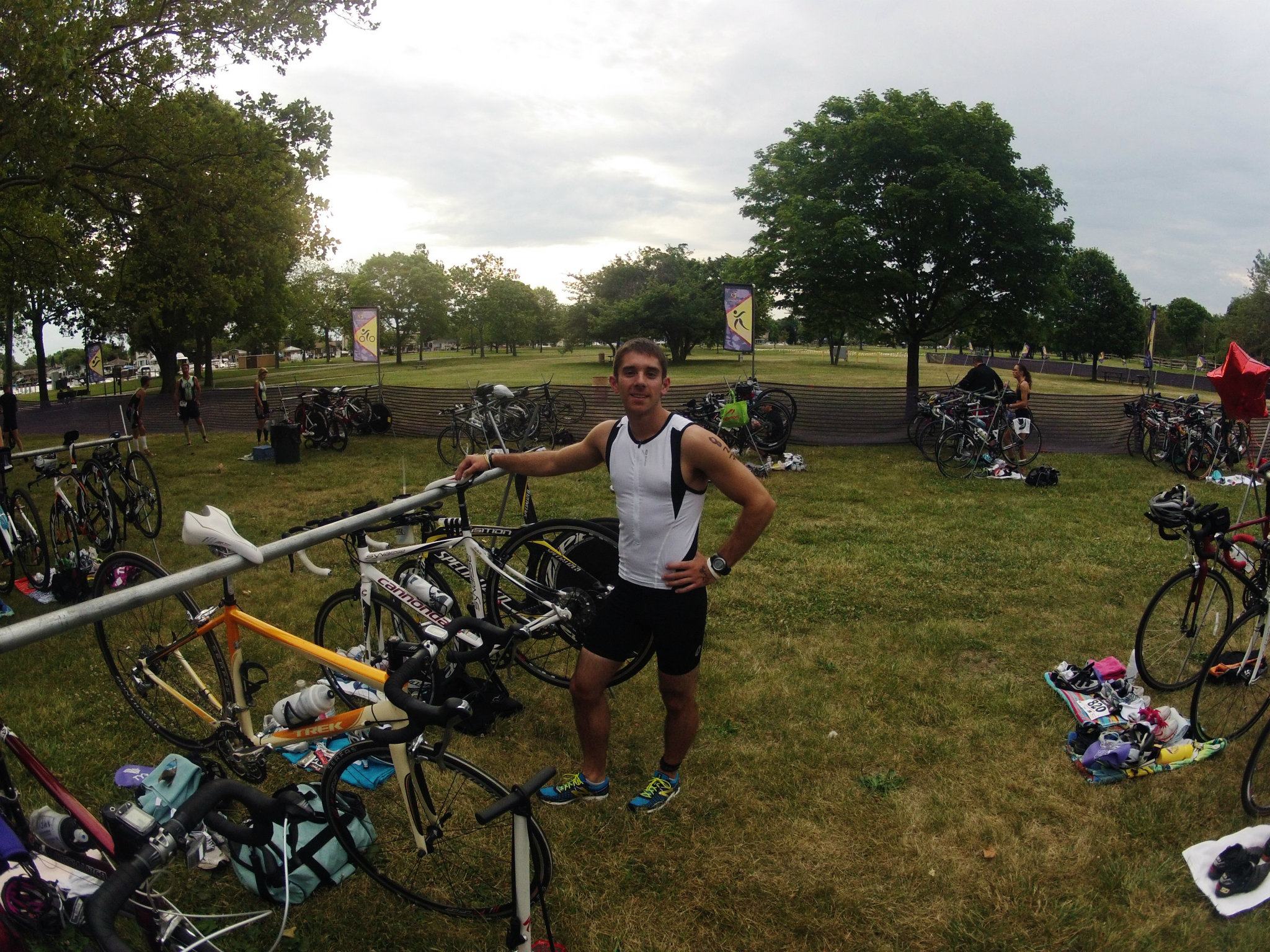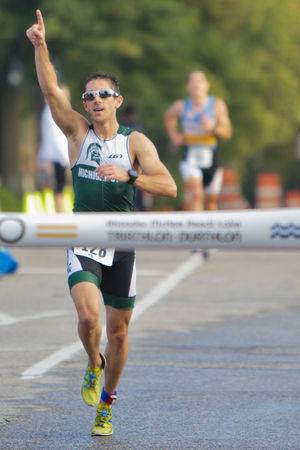
31 Jan Something I wish I knew When I was a Younger Triathlete
It might seem counterintuitive but doing most of your training at a really slow pace is key for performance gains. When running, that means keeping your easy days 1.5-

2 minutes slower per mile than your threshold pace (the pace you could sustain if you were to run all out for 1 hour). For most of us, that’s somewhere around 10k and shorter than a half marathon. This means if you run a 10k in one hour (9:40/mile), your easy runs should be no faster than ~11:10/mile (and ideally, closer to 11:40/mile).
For example, I run a half-marathon around 5:15/mile and my easy runs are ~7:30/mile if I’m running by myself. I’ll slow it down to 9:00/mile or even 10:30/mile if I’m running with friends at Lyon Street Run Club. So, I don’t want to hear any “But Todd, I can’t run any slower!” talk. I run 5 minutes per mile slower than my half-marathon pace. If I can do that, you can slow down a little too!
And if your threshold pace is 12:00/mile making your easy runs 14:00/mile, that very may well be a walk. And that’s OKAY! Don’t be too proud to slow down. We do this because we want your heart rate to be low during training. This causes physiological adaptations that help improve your cardiovascular system (i.e., increasing mitochondrial and capillary density. It’s a little to science-y for this post but essentially, those things help you use oxygen to create energy). I frequently take walk breaks during my runs and the athletes I coach will tell you they do the same. I can’t even begin to imagine how many hundreds of hours I “wasted” running too fast during my early days of training. I felt that running slow was a waste of time. In fact, it’s quite the contrary. Training slow improves your aerobic base which in turn helps all other training zones. The same is not true for higher intensity training. So, when in doubt, slow it down! Now this doesn’t mean you have to run slow all the time. I wouldn’t expect to run a 5:15/mile half- marathon if I never ran 5:15/mile in training. According to my Garmin, I spent 220 hours running 1,849 miles in 2022. Of those 220 hours, 25 hours were spent running faster than 5:32/mile pace and 13 hours 45 minutes were spent running 5:09-5:32/mile pace (which is my half-marathon race pace). However, this means that a whopping 195 hours were spent running slower than my half-marathon race pace in training. This goes to show how much fast running you don’t actually need. A solid 88% of my training was slower than half-marathon race pace and just 12% was “fast running”.
Why is this important? Because running slow allows your body to undergo those physiological changes I mentioned earlier, and it helps decrease the risk of injury from doing too much fast training. I didn’t take a single day off in 2022 and it’s been several years since I was forced to take a day off due to injury. The most important thing you can do as a triathlete (and any athlete for that matter) is to be consistent. Consistency compounds. If you deposit a good (not great, but also not bad) workout several days a week, you may not see results in a matter of weeks or months. But with years of consistent training, you will earn interest on those initial investments. Training too fast won’t allow you to train day after day after day.
In the famous words of Ferris Bueller, “Life moves pretty fast. If you don’t stop and look around once in a while, you could miss it.”